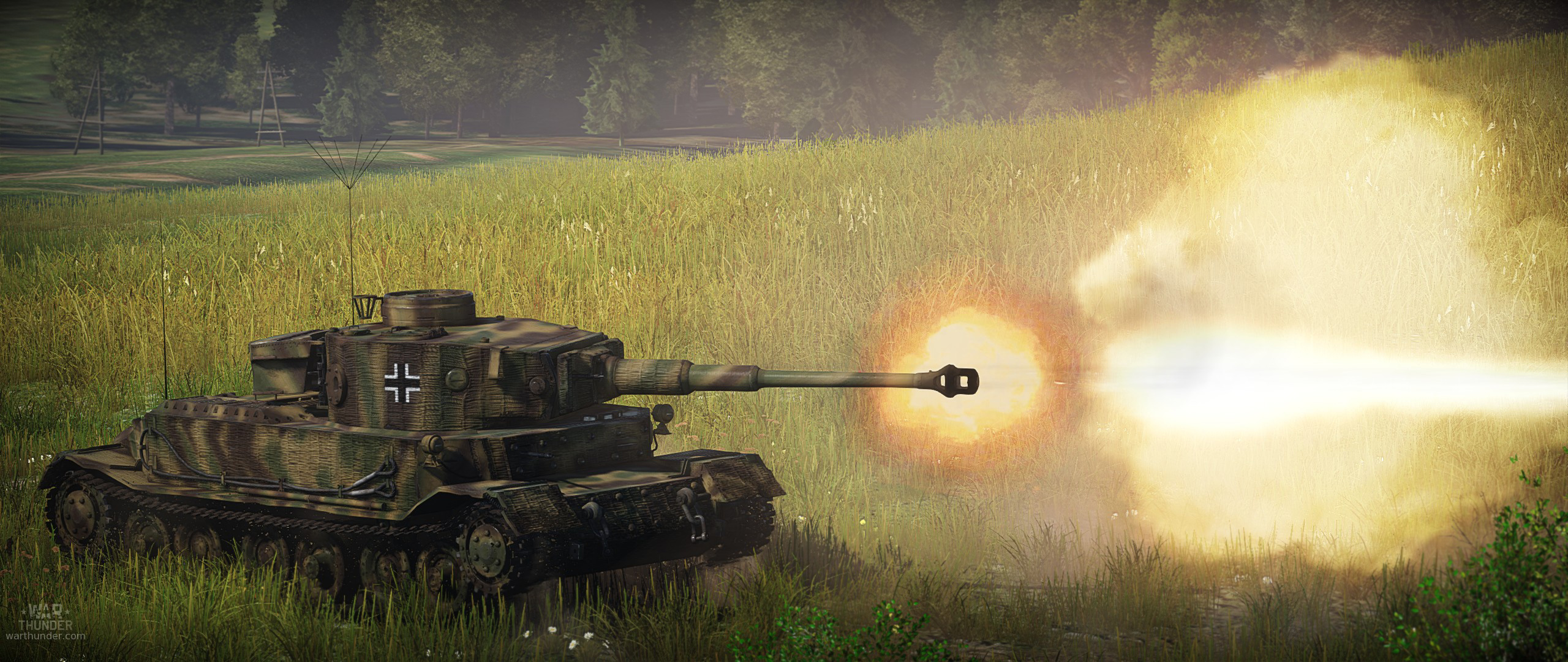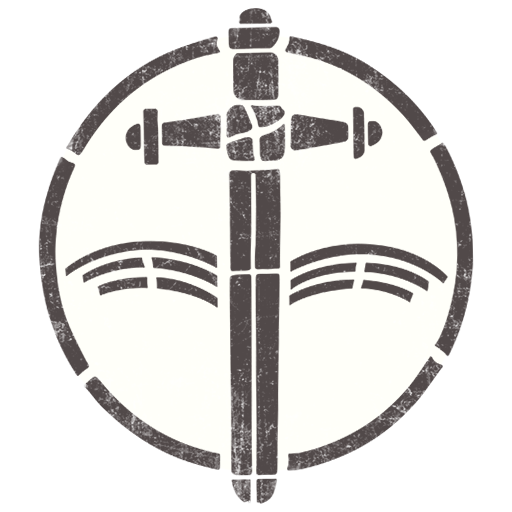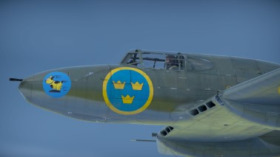
- For PC
- For MAC
- For Linux
- OS: Windows 10 (64 bit)
- Processor: Dual-Core 2.2 GHz
- Memory: 4GB
- Video Card: DirectX 11 level video card: AMD Radeon 77XX / NVIDIA GeForce GTX 660. The minimum supported resolution for the game is 720p.
- Network: Broadband Internet connection
- Hard Drive: 23.1 GB (Minimal client)
- OS: Windows 10/11 (64 bit)
- Processor: Intel Core i5 or Ryzen 5 3600 and better
- Memory: 16 GB and more
- Video Card: DirectX 11 level video card or higher and drivers: Nvidia GeForce 1060 and higher, Radeon RX 570 and higher
- Network: Broadband Internet connection
- Hard Drive: 75.9 GB (Full client)
- OS: Mac OS Big Sur 11.0 or newer
- Processor: Core i5, minimum 2.2GHz (Intel Xeon is not supported)
- Memory: 6 GB
- Video Card: Intel Iris Pro 5200 (Mac), or analog from AMD/Nvidia for Mac. Minimum supported resolution for the game is 720p with Metal support.
- Network: Broadband Internet connection
- Hard Drive: 22.1 GB (Minimal client)
- OS: Mac OS Big Sur 11.0 or newer
- Processor: Core i7 (Intel Xeon is not supported)
- Memory: 8 GB
- Video Card: Radeon Vega II or higher with Metal support.
- Network: Broadband Internet connection
- Hard Drive: 62.2 GB (Full client)
- OS: Most modern 64bit Linux distributions
- Processor: Dual-Core 2.4 GHz
- Memory: 4 GB
- Video Card: NVIDIA 660 with latest proprietary drivers (not older than 6 months) / similar AMD with latest proprietary drivers (not older than 6 months; the minimum supported resolution for the game is 720p) with Vulkan support.
- Network: Broadband Internet connection
- Hard Drive: 22.1 GB (Minimal client)
- OS: Ubuntu 20.04 64bit
- Processor: Intel Core i7
- Memory: 16 GB
- Video Card: NVIDIA 1060 with latest proprietary drivers (not older than 6 months) / similar AMD (Radeon RX 570) with latest proprietary drivers (not older than 6 months) with Vulkan support.
- Network: Broadband Internet connection
- Hard Drive: 62.2 GB (Full client)
Panzerbefehlswagen Tiger (P) premium tank in War Thunder, purchasable in-game through Golden Eagles 
Professor Doctor Ferdinand Porsche is remembered as one of the pioneers in automotive engineering. His car projects, such as the Volkswagen Type 1 or the Porsche 911 are legendary. However, what many people do not know, is that during the WW2 Dr. Porsche was also trying to design tanks. While most of them did not leave the prototype stage, they were still fairly important thanks to innovative design philosophies.
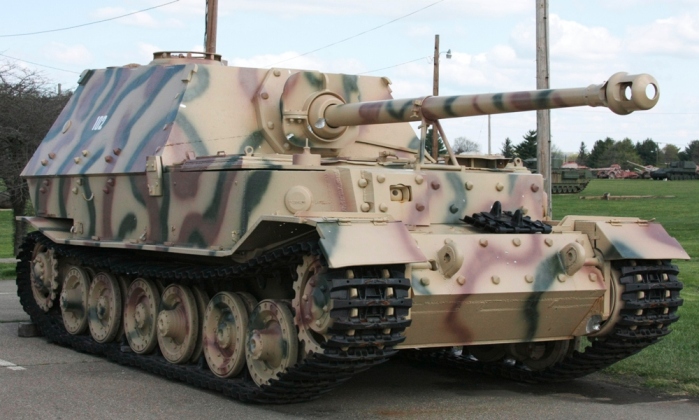 |
| Panzerjäger Tiger (P) Elefant, modified version of the 'Ferdinand' tank destroyer |
The first venture of Porsche into the world of tank design started in 1939. In that year, works on the vehicle known as Typ 100 began. Since the tank was not designed to fulfill any specifications, Porsche and his engineers were free to experiment with their own ideas. One of the most groundbreaking features in the construction of the new tank was the diesel-electric propulsion system. In the Typ 100, the two Porsche V10 air-cooled engines were mounted in the back of the tank. Those two engines were then used to power an electric generator made by Siemens, which then transferred the electric power to two smaller electric motors designed to move the two frontal drive wheels. Also the suspension was unique: to save internal space, it consisted of three roadwheels on each side with torsion bars mounted longitudinally. At the same time, Krupp began the construction of turrets for the vehicle, which was to be armed with the 88 mm L/56 gun. However, only one hull of the Typ 100 was constructed, before the works on the new tank began in May 1941.
The new tank’s, designated as the Typ 101 main feature was increased armor thickness – 100 mm of frontal hull armor and 80 mm of armor at the sides and rear of the vehicle. After the tests the new vehicle was designated as the VK 45.01 (P), with Krupp being ordered to produce 100 hulls of the new tank. However, the new construction was turning out to be to be prone to breakdowns, mainly due to the innovative propulsion system. Finally, on the 22nd of November 1942 Porsche was invited to meet Adolf Hitler. During that meeting, Hitler decided that the production of the "Tiger P" will be discontinued, with the rest of the hulls to be adopted as the Panzerjäger Tiger (P) (also known as the Ferdinand), armed with the 88 mm L/71 gun. Only one Porsche Tiger saw service during the war. After being modified, it was used as a command tank (Befehlswagen) in the 653 Schwere Panzerjäger Abteilung on the Eastern Front. After arriving there in April 1944, it was lost in combat in July 1944.
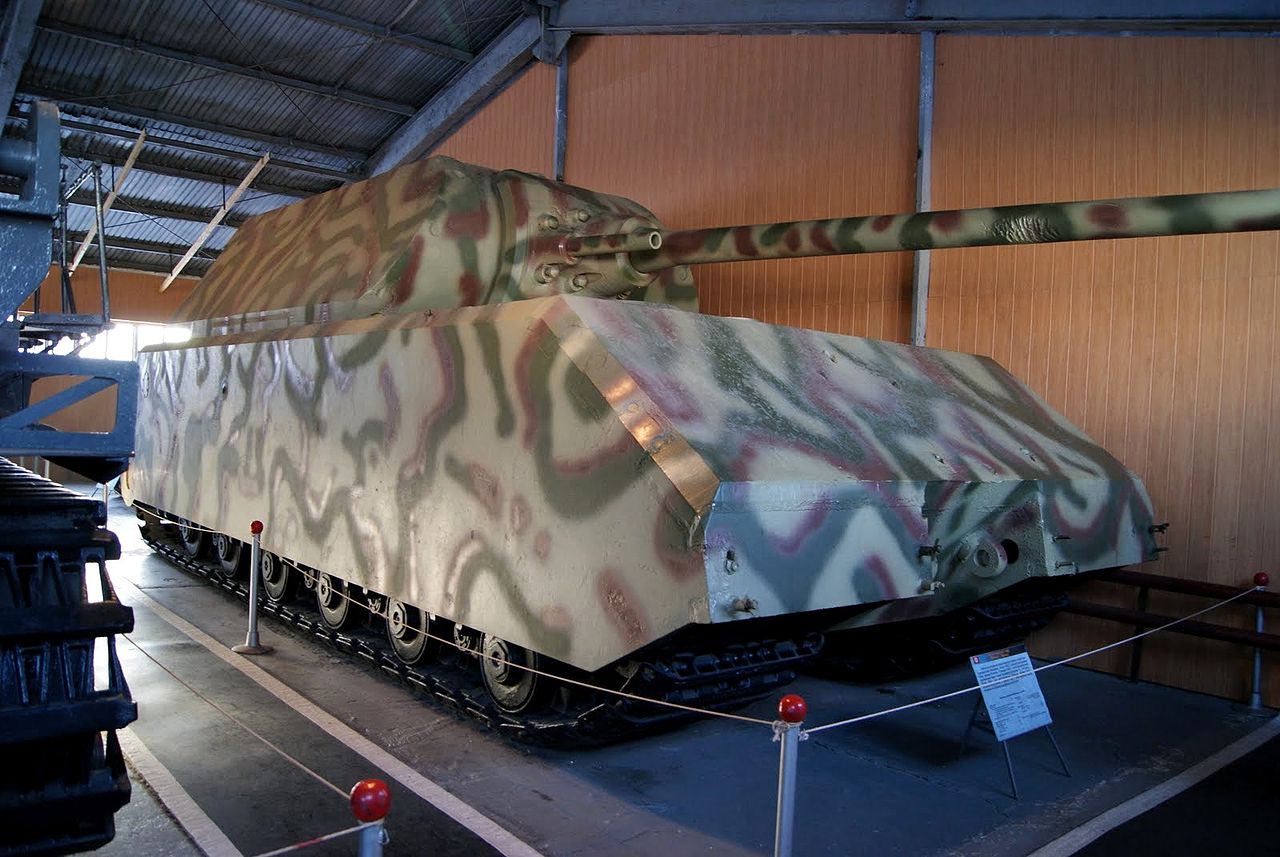 |
| Pz.Kpfw. VIII Maus, designed by Porsche, in the Kubinka Tank Museum |
While the Tiger P design was still in the making, Porsche wanted to improve it further. This new tank would become then known as the Porsche Typ 180, designated later as the VK 45.02 (P). The Porsche design team also decided to change the armor layout of the new machine. The new tank would feature a 80 mm frontal glacis plate sloped at 55 degrees instead of non-sloped 200 mm plate seen on the Ferdinand. However, once again, the propulsion mechanism was judged as too complicated even before the first hull prototype was produced. With Henschel proposing a far more conventional version of the new tank, the Typ 180 was scrapped. Krupp still produced the prototype turret – it was fitted to the first 50 new Tiger II tanks. It was, however, later changed to an improved version, that eliminated the frontal shot trap and strengthened the turret front.
Porsche was not yet done, however. In July 1942, he proposed the construction of a superheavy tank to Hitler, which the Führer approved. Known as the “Maus”, this new steel behemoth would become the biggest and heaviest tank ever built. The plans called for a 200 tonne tank, equipped with a 128 mm L/55 gun, with the best possible armor. The first tests of a turretless V1 prototype began in December 1943. Later, the second prototype, designated as the V2, was equipped with the MB517 diesel engine. The armor profile of the Maus was impressive – with 200 mm of frontal hull armor sloped at 30 degrees, as well as 240 mm of frontal turret armor, the Maus would be nearly impossible to penetrate frontally. However, the tank was a logistical nightmare, being too heavy and ultimately underpowered. Even before the testing began, the order to produce 150 of those tanks was cancelled in October 1943. Ultimately, only two prototypes were built, and the vehicle never saw combat service.
Author: Adam “BONKERS” Lisiewicz
